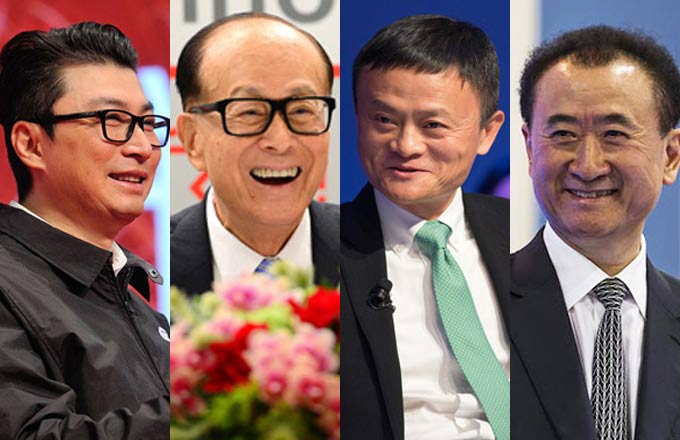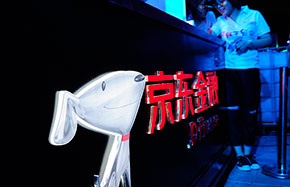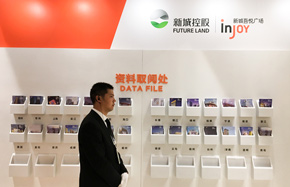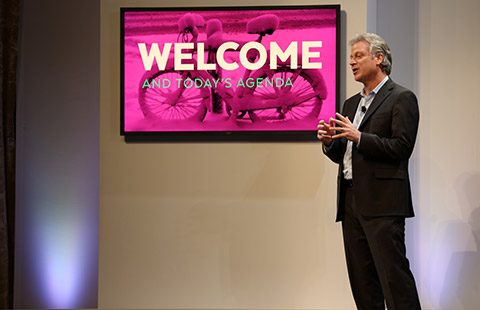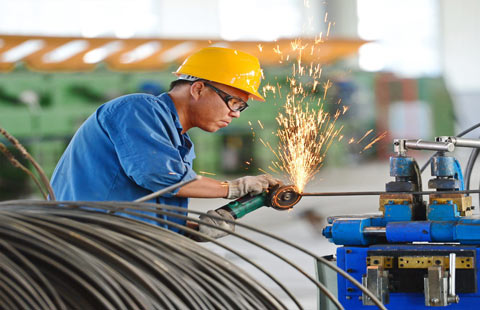Chinese hunt for details in official spending
BEIJING -- The Chinese public has pushed for more details on how much public money will be spent on receptions, vehicles and overseas trips, as government departments have started to release budget reports amid a nationwide campaign to curb corruption and official extravagance.
Many Chinese have gone online to express dissatisfaction with the reports, saying that they lack an adequate amount of detail.
As of Friday, more than 80 central government departments had announced how much they would spend on receptions, vehicles and overseas trips, also known as the "three public consumptions."
According to the Ministry of Finance, central government departments plan to spend a combined total of 7.97 billion yuan ($1.28 billion) on the three items this year, down 126 million yuan from 2012.
The lighter budgets came after central authorities ordered in December 2012 that officials at all levels should reduce lavish spending and promote frugality.
About 2.14 billion yuan was spent on overseas trips, 4.4 billion yuan on the purchase and maintenance of vehicles and 1.43 billion yuan on public receptions last year.
The release of the budgets was done in response to public calls for transparency. However, many have asked for more details, as central government departments tend to report bigger-than-budgeted spending figures in July along with final accounting for revenues and expenditures,
For example, the National Development and Reform Commission spent 4 million yuan more than it budgeted for the three expenses last year.
The commission explained that the extra expenditure was for overseas travel related to extra assignments given by the State Council, or China's cabinet.
Zhu Lijia, a professor at the Chinese Academy of Governance, said the budgets are legally binding, adding that the overspending shows that the budgets were not strictly implemented.
"Without a detailed explanation for the overspending, the budget law will loses its restricting power," Zhu said.
Local governments across the country have yet to report their budgets for overseas trips, receptions and vehicles, which has also led to criticism over inadequate transparency.
Netizens said there is great room for improvement in compiling the budgets, as specific items are rarely listed in the budget. For example, only the total number of official vehicles is revealed, while new auto purchases are not detailed.
Without the possibility of exercising oversight down to the level of individuals who uses these vehicles, merely revealing the combined total tells nothing, critics said.
"The point of the matter is not about raising or reducing the three public consumptions," wrote microblogger "laoyukaibo" on Sina Weibo, the Chinese equivalent of Twitter. "What really matters is whether taxpayers' money is used properly, legally and transparently."
According to critics, actual government spending on the three public consumptions is larger, as many government departments and public institutions reimburse a large part of such expenditures, using funds collected from revenue sources outside of fiscal appropriation.
In 2006, Wang Xizi, a professor at Peking University, estimated the total expenses for the three items to be around 900 billion yuan, a claim that was denied Friday by the People's Daily, the flagship newspaper of the Communist Party of China (CPC).
The paper said the estimates are not based on concrete evidence. It did not offer its own figures for the spending.
Authorities have failed to update annual official data regarding the total amount spent on the three items since 2004, when officials stated that 120.1 billion yuan was spent on the items.t on the items.












